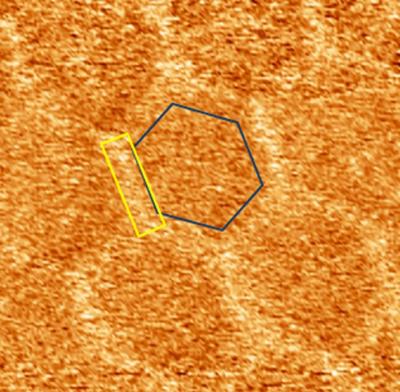Researchers from the University of Manchester demonstrated that when growing graphene on a hexagonal substrate (hBN, or hexagonal Boron-Nitride, in that case), small changes in the crystal structure can open a band-gap in the graphene. The researchers also demonstrated that a graphene grown on the hBN can exist in an alternative structure in which the band gap is much smaller.

The lattice structure of hBN (also called white graphene) is quite similar to graphene. When you place the graphene on top of the hBN, a moiré superlattice is created. The periodic potential associated with this superlattice causes a number of new and interesting electronic phenomena to occur in graphene, including Hofstadter's butterfly, which has been shown before.
The new research adds a new phenomenon - "the commensurateincommensurate transition". In the commensurate state, the distance between carbon atoms in the graphene increases by about 1.8%, so that the lattice exactly matches that of hBN. This occurs when the two lattices are more or less aligned in a moiré structure. However, if this alignment is off by as little as one degree, the structure exists in an incommensurate state in which the graphene adopts its natural atomic spacing.